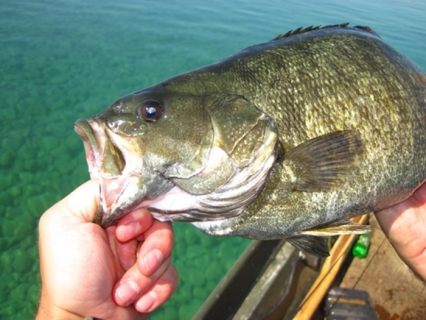Known for being cold weather fish, walleye can actually be caught in high numbers during the warmer months of the year. The trick is knowing where to search for these deep-lurking fish when the temperatures climb.
Weeds should be the first place on your list if walleye are your targets in the summer. Here’s how to pick apart the weeds like a Thanksgiving turkey to pull one walleye after another to your boat.
RELATED: 4 Top Lures for Catching Big Walleye
Why Do Walleye Like the Weeds?
Simply put: predators follow their prey. In the water, the prey seek weeds as cover from predatory fish, as well as cover from the heat of the sun. You can bet you’ll find the walleye there, too. Even in water between 5 and 7 feet, you’ll find openings in the weeds where groups of minnows and shad hang out, with small packs of walleye roaming in search of food.
Not All Weeds Are the Same
You’ll need to find the weeds that make the most shade, as this offers the best cover for both predator and prey. Seasoned anglers will tell you the best time is when the weeds are just reaching the water’s surface, especially when you start to see little seed pods on the top. I’ve also found that secluded bays featuring large weed beds don’t hold as many fish as the narrow stretches of weeds—I’m talking less than 20 feet wide—that follow a contour in the lake topography.
What to Tie On
When you’re fishing for walleye, a slip bobber and a minnow will do the job, but you’ll also be pestered by panfish and bass if you use live bait. Furthermore, live bait tends to break off more often than plastics when you get hung up on something. Using soft plastics will help you zero in on walleye a little more directly. I like a 1/8 oz jighead outfitted with a scented plastic grub. It’s simple, it gets the job done and walleye just can’t say no to a grub.
RELATED: 3 Keys for Successful Walleye Trolling
Let’s Talk Tactics
So you’ve got your grub tied on, now what? They key to using it effectively is to fish it as vertically as you can, dropping it into holes in the weeds and letting it hit bottom. After it hits the bottom, raise it about a foot and move it through the weeds. Then, repeat. This simple lift-and-drop retrieve is all it takes. Bonus Tip: To really draw reaction strikes from walleye in the weeds, save the quick rod snaps for when you get snagged; that quick snap is the trigger that gets their attention before you let it drop into the strike zone again.
Photo credit: Flickr
Fish gallery
-
Fishing Files
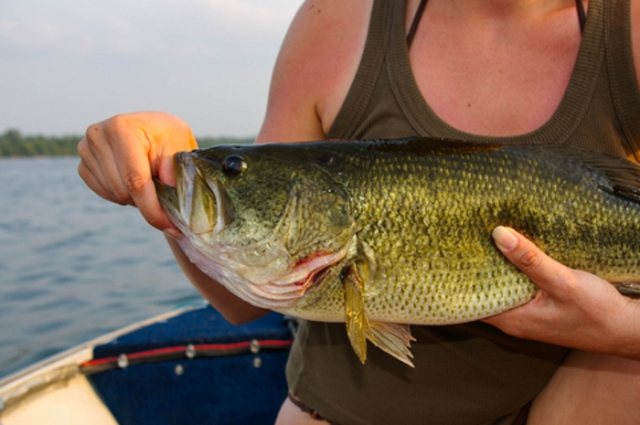
-
Striped Bass
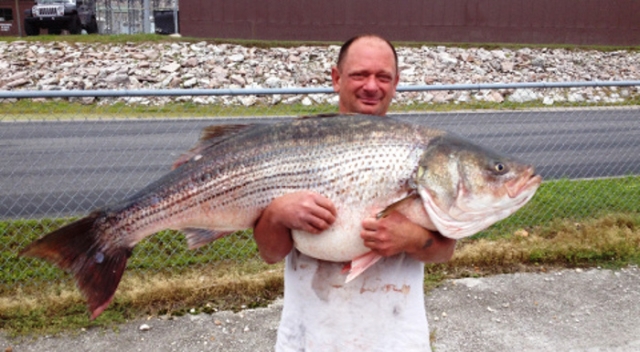
-
Fishing Files
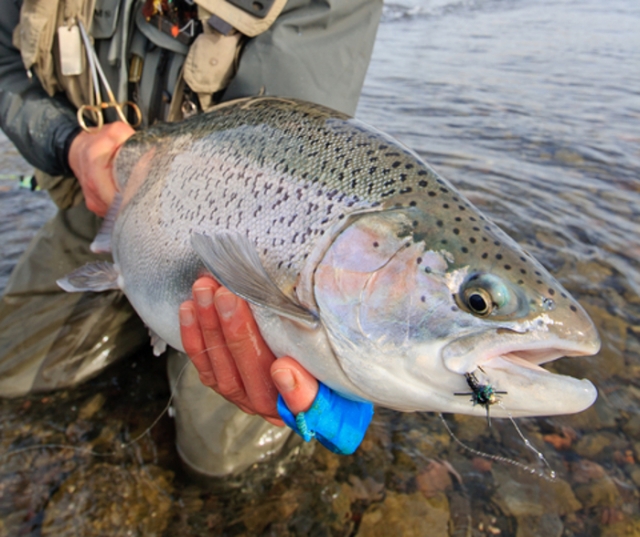
-
Smallmouth Bass
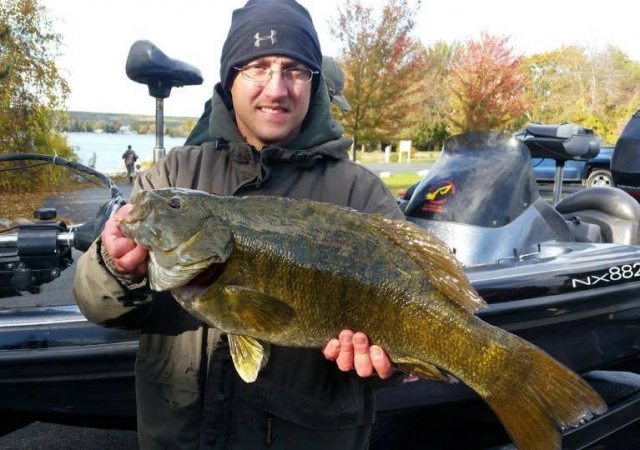
-
Fishing Files
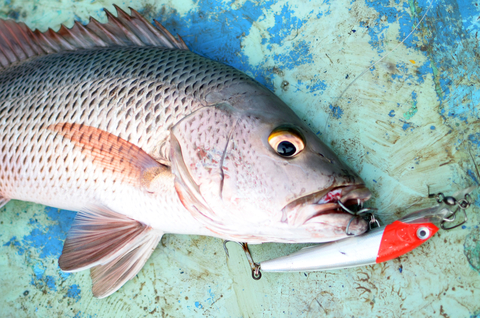
-
Fishing Files
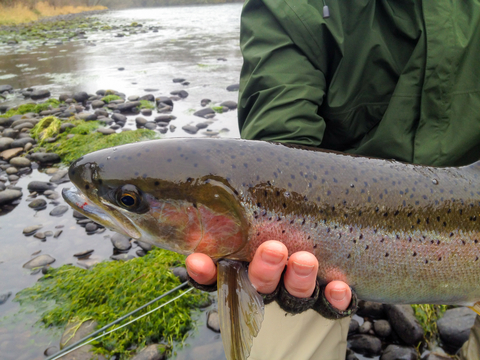
-
Largemouth Bass
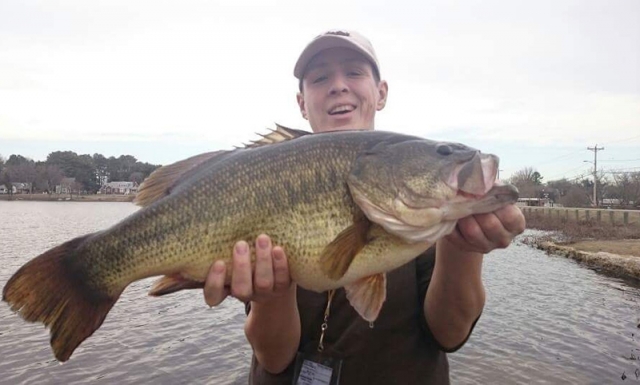
-
Fish fail in Russia
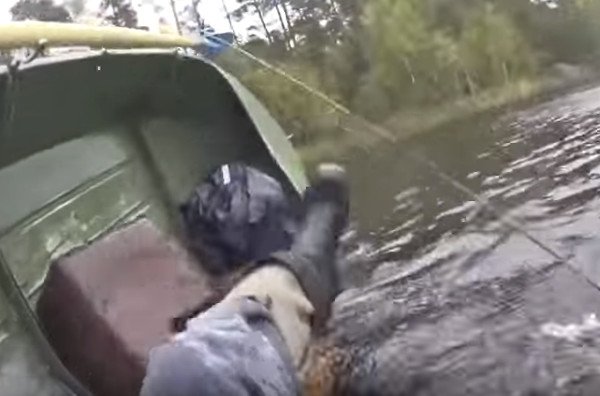
-
Bait fish
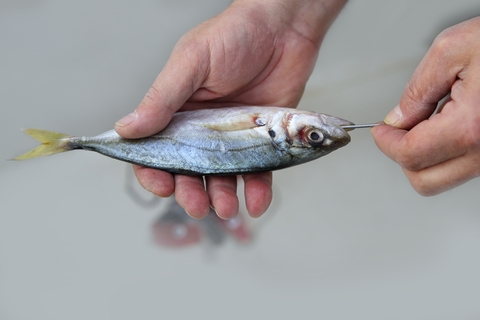
-
Fishing the weeds

-
Fishing Waders
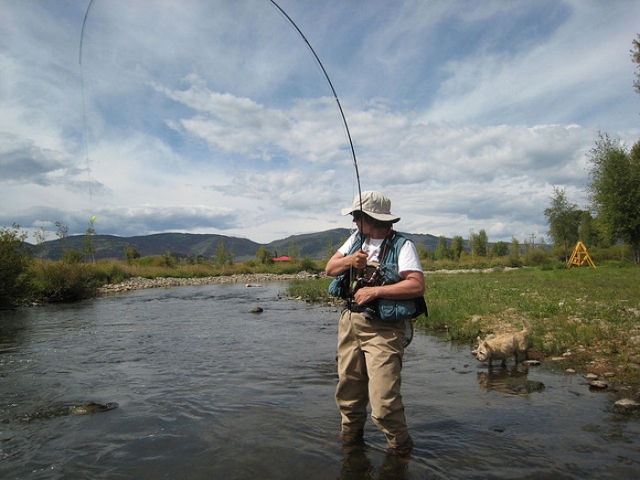
-
Old Man Fishing
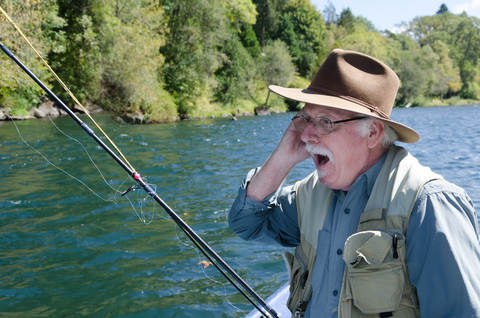
-
Fishing

-
City Fishing
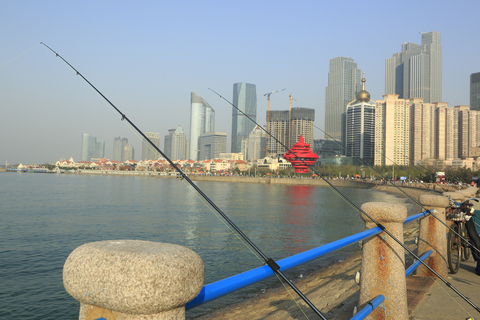
-
Fishing the cold
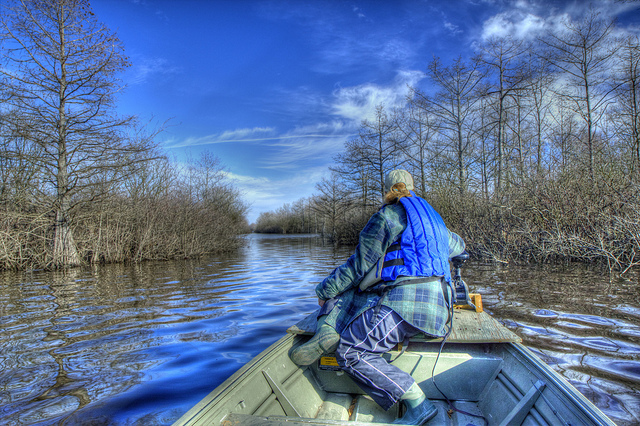
-
Fishing sunset
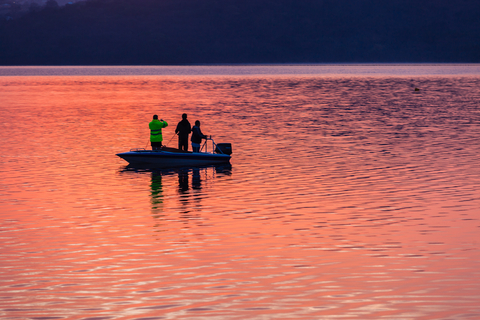
-
Bank fishing
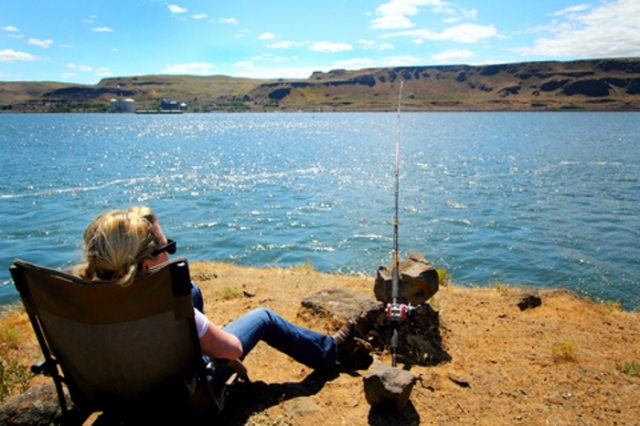
-
Day glow fishing boat
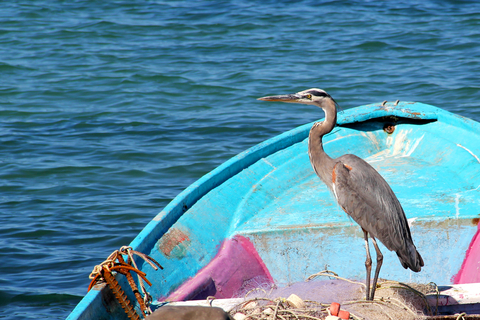
-
Fishing Pro

-
Fishing

-
Fly fishing

-
Fishing Files

-
Fishing Files
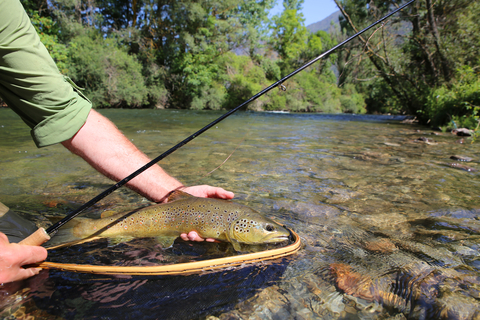
-
Fly reel
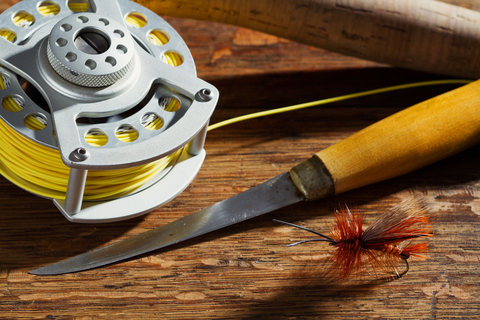
-
Gar Fish

-
Golden Trout
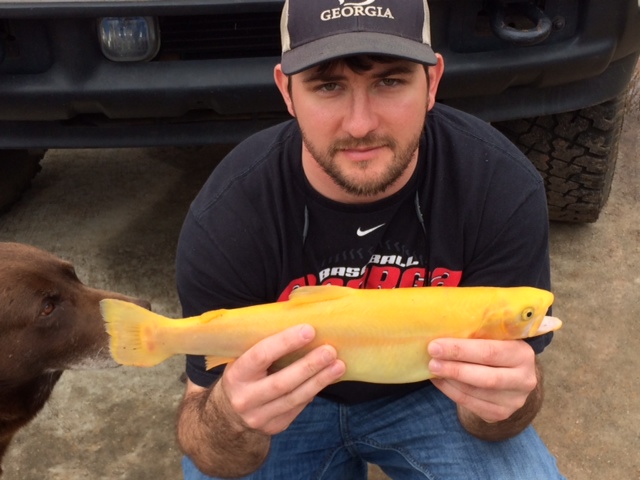
-
Ice Auger
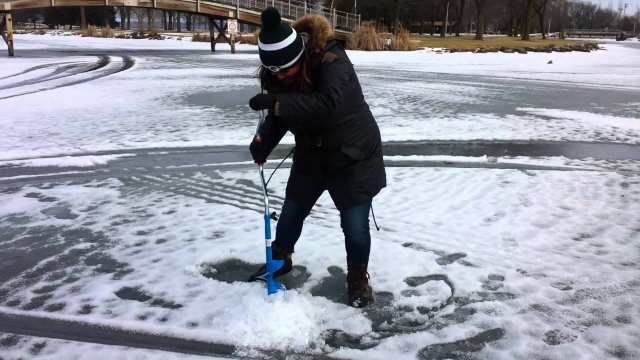
-
Ice Fishing
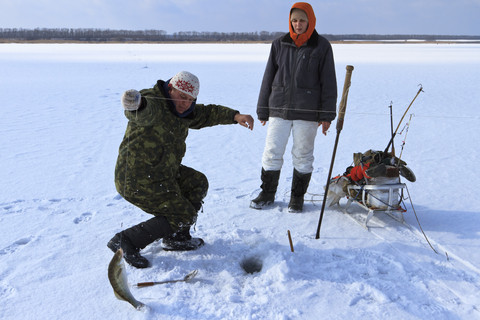
-
Halibut
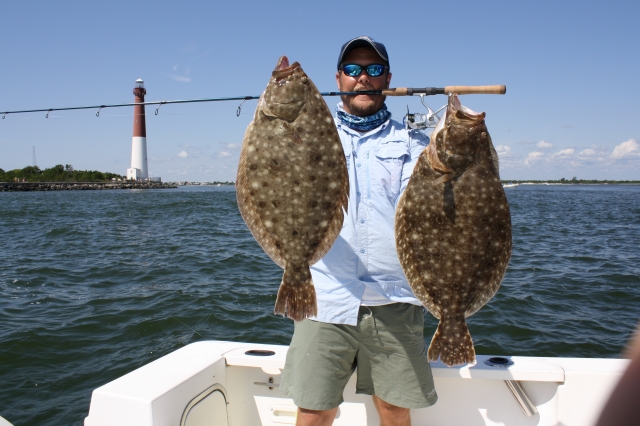
-
Bass Fish
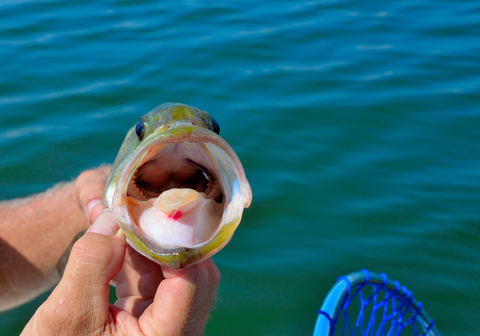
-
Lobster Dog

-
Marlin Fishing
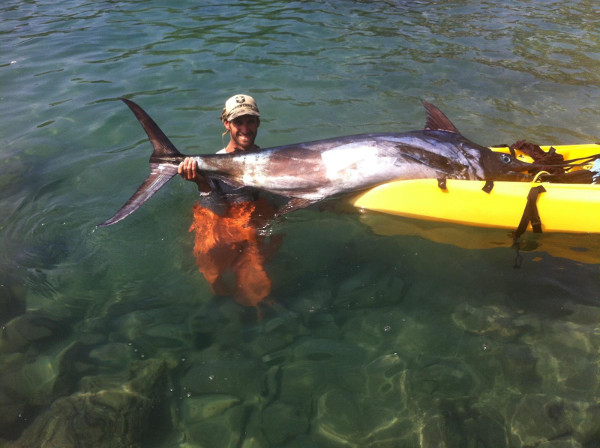
-
Muskie
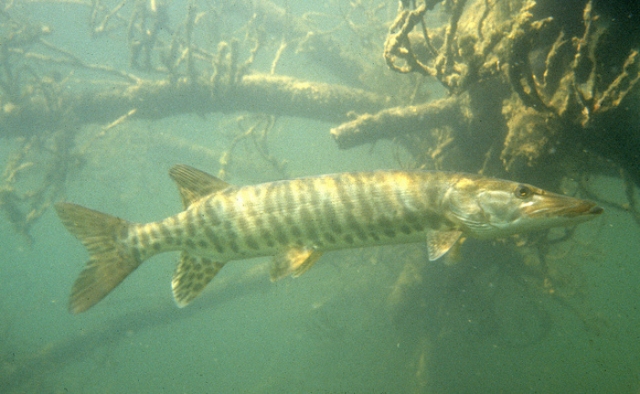
-
Fishing Files
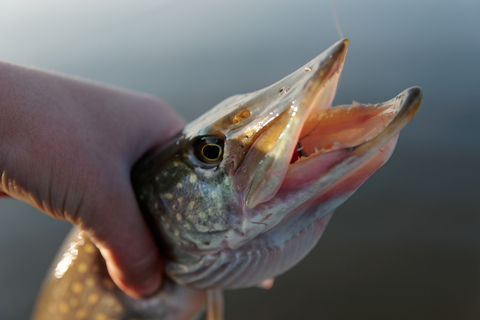
-
Nymph
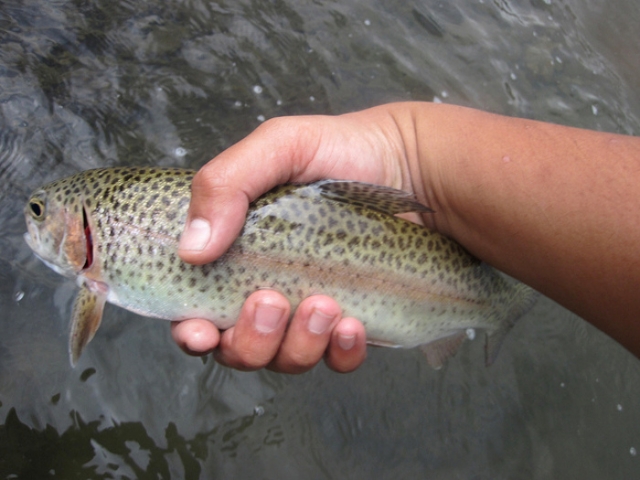
-
Oarfish

-
Obama Fishing
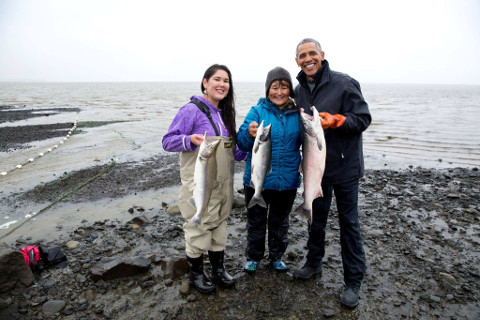
-
Panfish
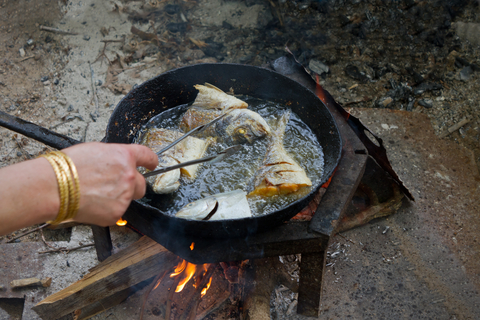
-
Pelican

-
Fishing Files
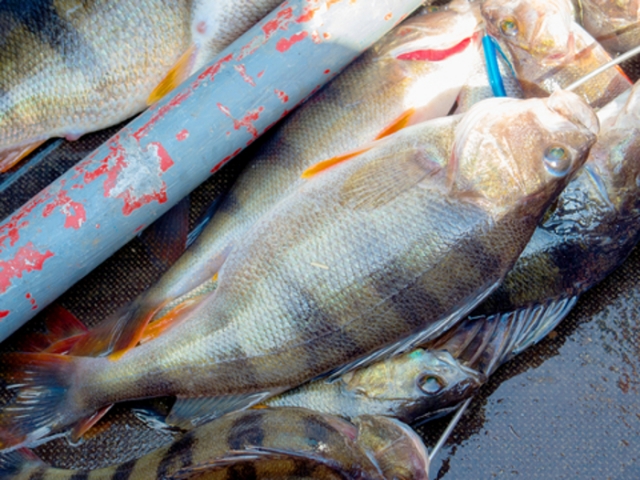
-
Fishing Files
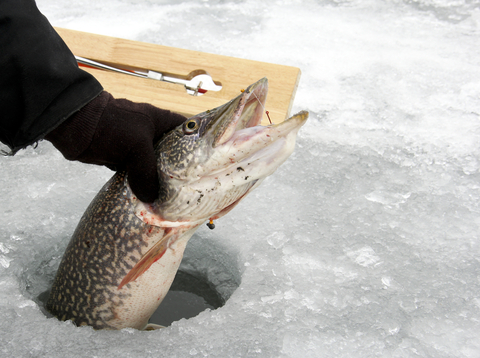
-
Fishing Files
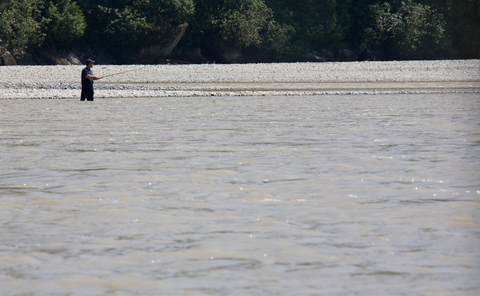
-
Fishing Files

-
Fishing Files
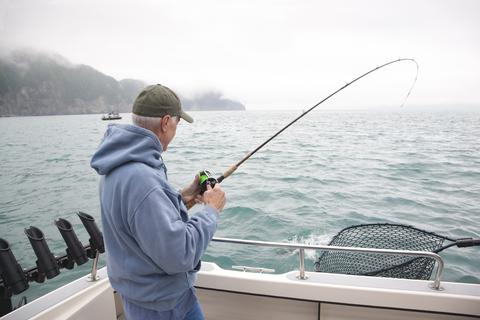
-
Fishing Files
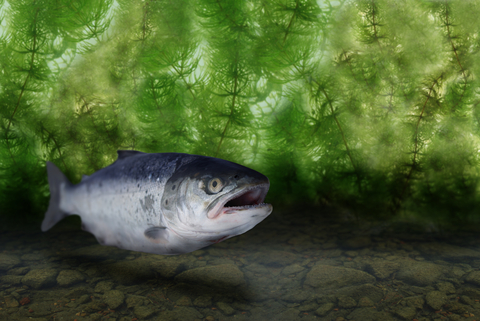
-
Fishing Files
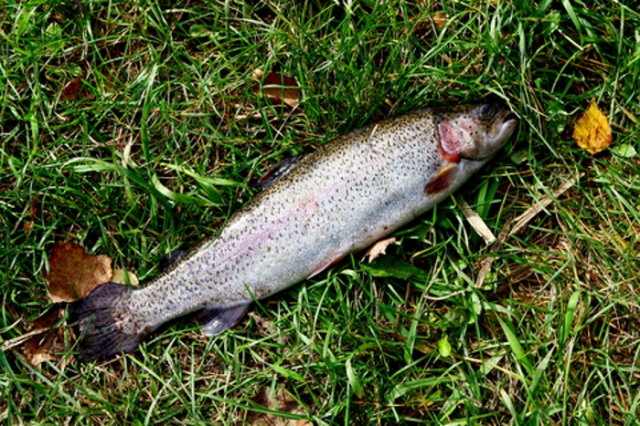
-
Fishing Files
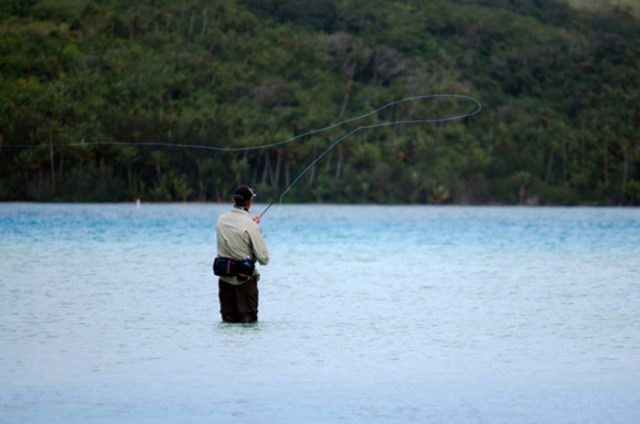
-
Fishing Files

-
Snakehead
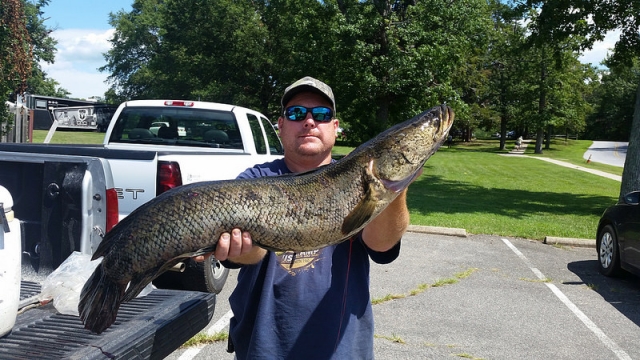
-
Spinner Shark

-
Spotted Bass
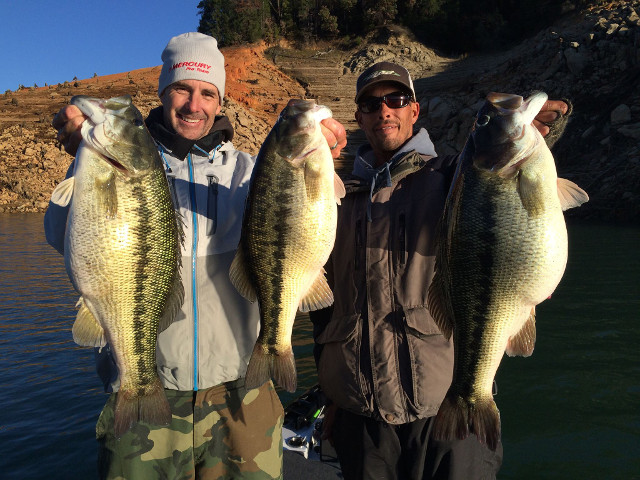
-
Striped Bass
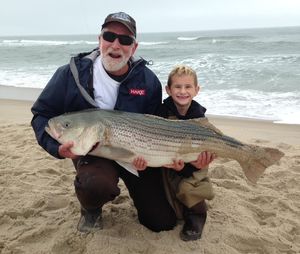
-
Sturgeon

-
Fishing Files

-
Trout Fishing
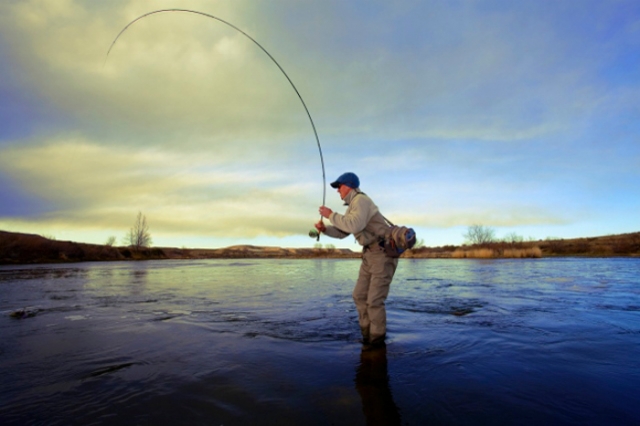
-
Fishing Files

-
Fishing Files
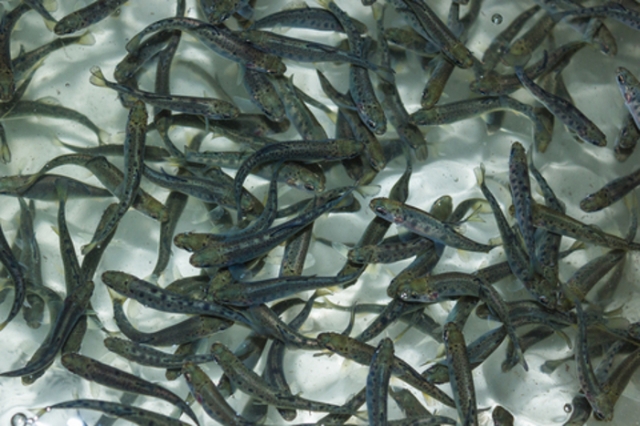
-
Fishing Files

-
Fishing Files

-
Northern Pike

-
School of Karanteen
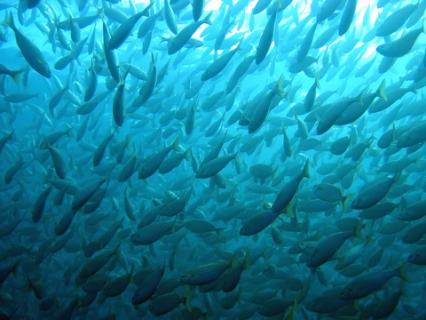
-
Walleye
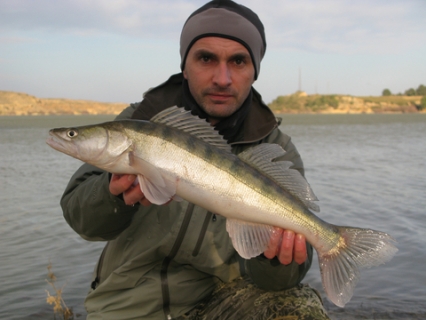
-
Goliath Grouper

-
Barracuda
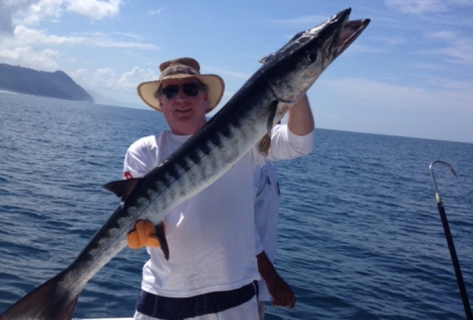
-
European Chub
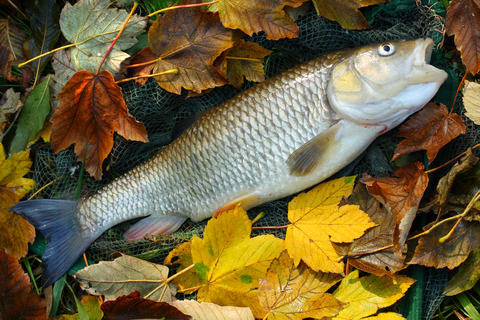
-
Drum Fish
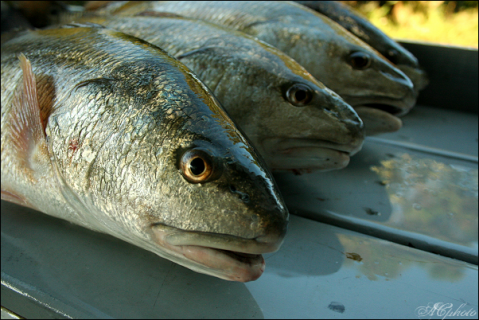
-
Grouper
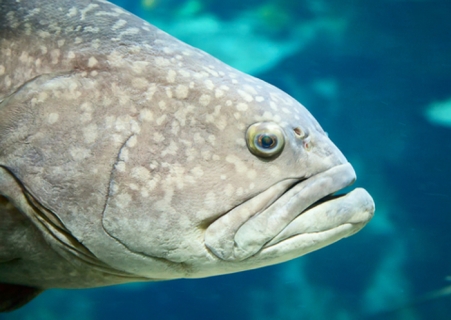
-
Blue Catfish

-
Catfish
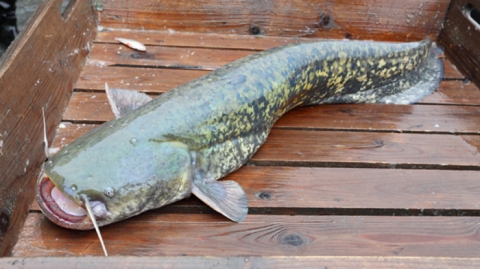
-
Star Puffer Fish
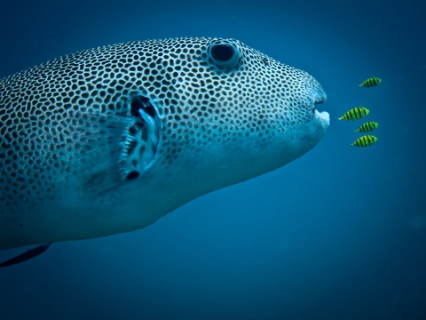
-
Napoleon Fish
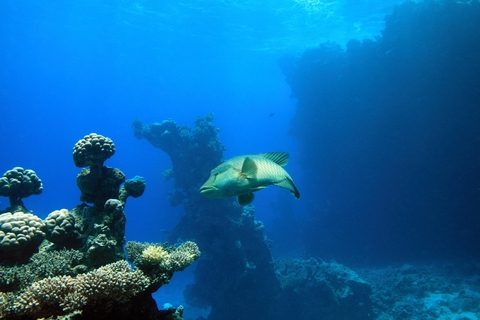
-
Smoked Trout
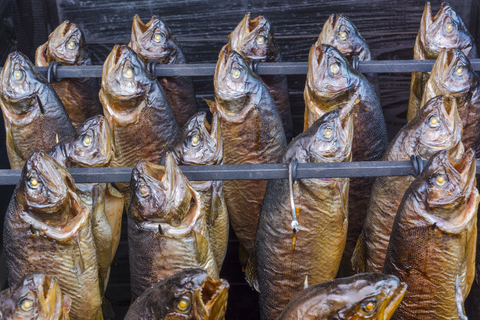
-
Perch
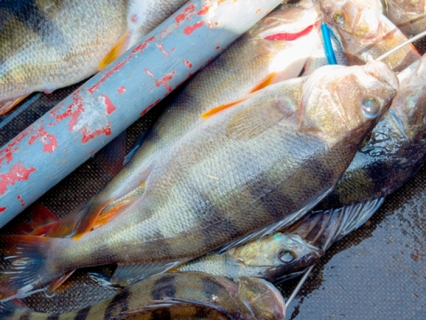
-
Smallmouth Bass
